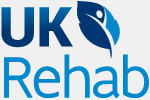Steroids Addiction
Anabolic steroids are a constant source of controversy, especially in the world of sports and fitness. They have been at the centre of numerous high-profile doping scandals, casting a shadow over various competitive arenas with their ability to enhance performance and facilitate “unnatural” muscle gains. While anabolic steroid use is widespread across the UK and the world, there are many people who are unaware of the real and serious dangers they are exposing themselves to. From lasting health effects to a high risk of addiction, it is crucial to understand exactly what steroids are and how they work so that informed choices can be made.
What are steroids?
The primary categories include corticosteroids and anabolic-androgenic steroids (AAS), commonly referred to as anabolic steroids.
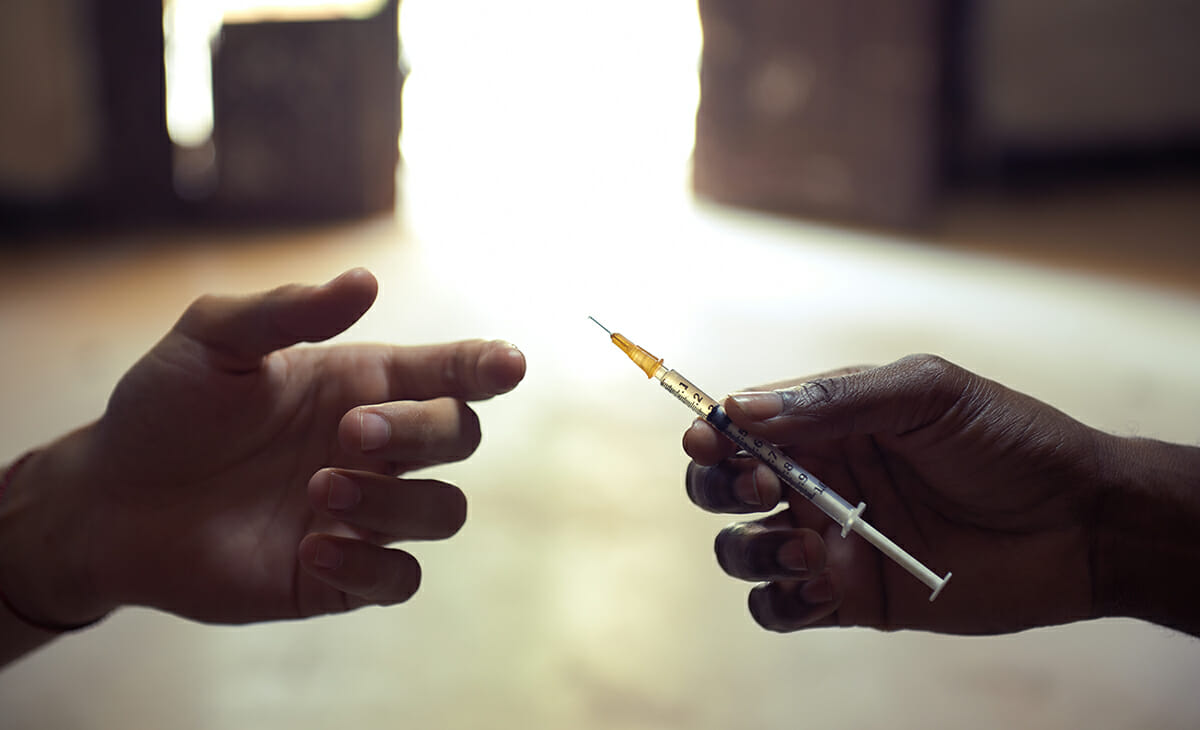
Corticosteroids
These steroids work by mimicking the effects of cortisol, a hormone produced by the adrenal glands. Cortisol plays a vital role in various bodily functions, including:
- Regulating metabolism
- Suppressing inflammation
- Immune system modulation
Anabolic-androgenic steroids (AAS)
These synthetic substances are similar to testosterone, which plays a role in:
- Muscle growth (anabolic effects): AAS increases protein synthesis within cells, leading to the buildup of cellular tissue, particularly in muscles. This is why they are popular among athletes and bodybuilders for muscle growth.
- Development of male sexual characteristics (androgenic effects): Testosterone plays a key role in the development of male secondary sexual traits, such as a deeper voice, facial hair, and increased body hair. Anabolic-androgenic steroids (AAS) can amplify these characteristics.
- Behavioural effects: Testosterone can influence behaviour, leading to increased aggression or reactivity, often known as “roid rage”.
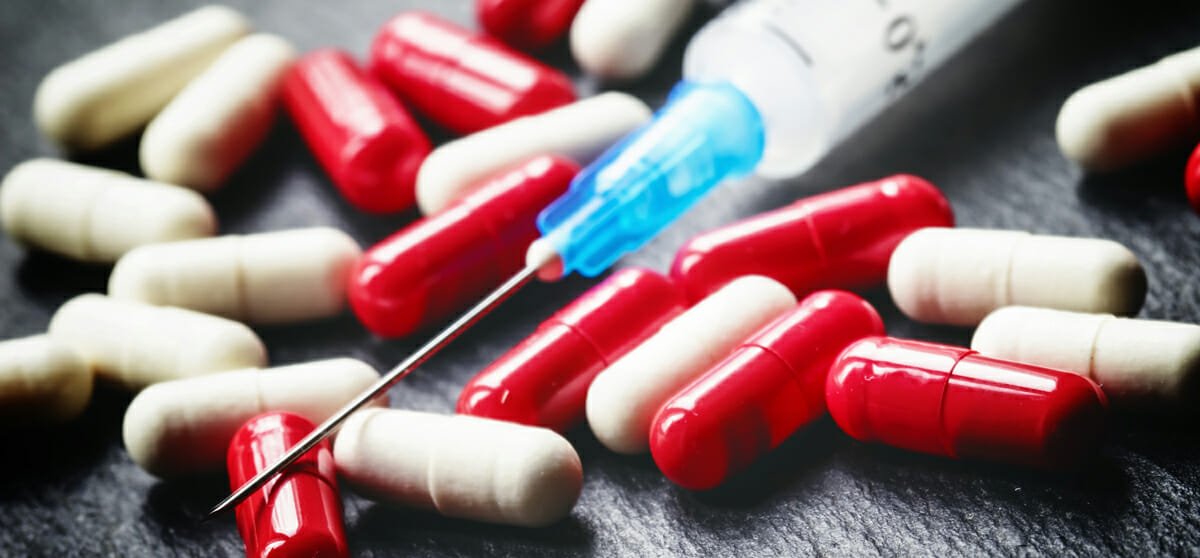
Active Chemical Components of Steroids
The active chemical component in steroids depends on the formulation of the drug, but they are all generally derivatives of testosterone and have the same effect on the body.
Testosterone is a necessary hormone. It’s involved in the development of male sex organs and is responsible for the deepening of the male voice, appearance of facial and body hair in puberty, bone growth, libido and production of sperm.
Women need testosterone, too. It’s necessary for ovarian function and bone strength and may also play a part in mood regulation in both sexes.
Testosterone-derived steroids are abused mainly because testosterone also plays a major role in muscle size and strength. It can also increase oxygen uptake, which can lead to increased endurance and stamina.
Having too much testosterone naturally is not common, but it can lead to a variety of problems. When testosterone levels are normal and anabolic steroids are used, the body essentially begins to behave as if it has high levels of testosterone.
Anabolic steroids are available in a few different forms, including gels, pills and injections. While all of these are formulated a little differently, they have the same effects. (6)
Why are steroids abused?
Steroid abuse usually refers to the misuse of anabolic steroids. This is done for a number of different reasons, including:
Enhancing physical appearance
Many individuals misuse anabolic steroids to build muscle mass, reduce body fat and achieve a more muscular and toned physique. This is particularly prevalent in bodybuilding and fitness communities where there is a strong emphasis on appearance.
Improving athletic performance
Athletes in various sports may abuse steroids to gain a competitive edge. Steroids can increase muscle strength, endurance and overall athletic performance, which can be very tempting in high-competition environments.
Coping with body dysmorphia
Some individuals, particularly those suffering from body dysmorphic disorders, may turn to steroids in an attempt to alter their body image to align with their ideal physique.
Which anabolic steroids are commonly abused?
Various types of anabolic steroids are subject to abuse, each with its own unique properties and effects. They are often chosen based on the goals of the user, whether it is for bulking up, cutting fat, improving strength or enhancing athletic performance.
Common types of anabolic steroids include, among others:
Different methods of anabolic steroid abuse
Numerous methods of anabolic steroid misuse are employed to augment or intensify their effects. These encompass diverse dosing schedules and the combination of various types of steroids to maximise the drug’s potency. Typical approaches include:
Cycling
Cycling pertains to the regimen followed by individuals using steroids, wherein they ingest multiple doses of steroids within a designated period, cease usage, and then resume. The duration of cycles can vary, but typically ranges from six to 12 weeks before recommencing.
Stacking
Stacking steroids involves the practice of concurrently consuming more than one steroid, under the assumption that the combined effects of two compounds surpass those of a single one. This may include the simultaneous use of two or more distinct types of steroids or employing different administration routes, such as combining an oral steroid with a gel or injectable.
Pyramiding
Pyramiding usually involves cycling steroids for six to 12 weeks, tapering down and back up again, rather than stopping abruptly, as in cycling. The individual starts with low doses, works to high doses, and then weans back down again. They may even stop completely for a few weeks before pyramiding again.
Plateauing
Plateauing is a strategy devised to avoid the development of tolerance to a drug. Various steroids are strategically alternated, substituted, and overlapped, ensuring that an individual doesn’t continuously take excessive amounts of a single steroid for an extended duration. The rationale behind stacking and spacing out doses is to prevent a decline in the drugs’ effectiveness.
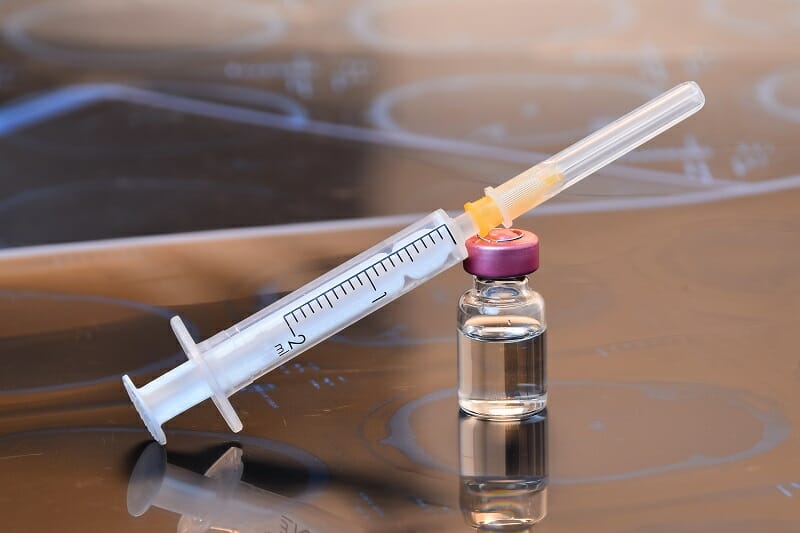
What is steroid addiction?
Steroid addiction refers to a physical and psychological dependence on anabolic steroids, characterised by the compulsive use of the drugs despite negative consequences. An addiction to steroids does not develop overnight. Instead, a multi-stage process usually begins with initial use and ends in dependence and loss of control. This process usually follows a similar pattern:
1. Initial steroid use
The journey often starts with an individual deciding to experiment with steroids. Common motivations include wanting to gain muscle mass quickly, improve body image or keep up with competitors in sports. The initial use is often rationalised as a means to achieve specific goals that seem unattainable through conventional methods. Many individuals start using steroids without fully understanding the potential risks and long-term effects.
2. Regular use and escalation
As users begin to see physical improvements, it can reinforce their belief in the effectiveness of steroids. The positive changes in strength, muscle size or performance can be highly motivating, with steroid use becoming a regular part of the user’s routine and overall lifestyle.
3. Growing tolerance
Over time, the body can build up a tolerance to the effects of steroids, meaning the user needs to take more to continue seeing results. This is a classic milestone on the roadmap to addiction.
4. Physical and psychological dependence
With steroids being taken regularly and in high doses, the body becomes physically dependent on their presence, adjusting its own hormonal balance accordingly. This means that if the individual stops using steroids, their natural systems are unable to cope with their absence, resulting in withdrawal symptoms like fatigue, depression and a decrease in muscle mass and strength.
On a psychological level, users may feel that they cannot maintain their physical appearance or performance without steroids. This can make the thought of quitting steroids incredibly difficult, which, when coupled with physical dependence, can lock in the cycle of abuse.
5. Steroid addiction and loss of control
At this point, despite experiencing negative consequences, the individual continues using steroids compulsively. This is the definition of addiction with a complete loss of control and an ability to stop using steroids even if they want to. Steroid use can start to take precedence over other aspects of life, and users may deny the severity of the situation or rationalise their use.
What are the dangers of steroid addiction and abuse?
It is important for users and those around them to be aware of these risks and seek professional help if steroid abuse is suspected.
Serious and potentially long-lasting dangers include:
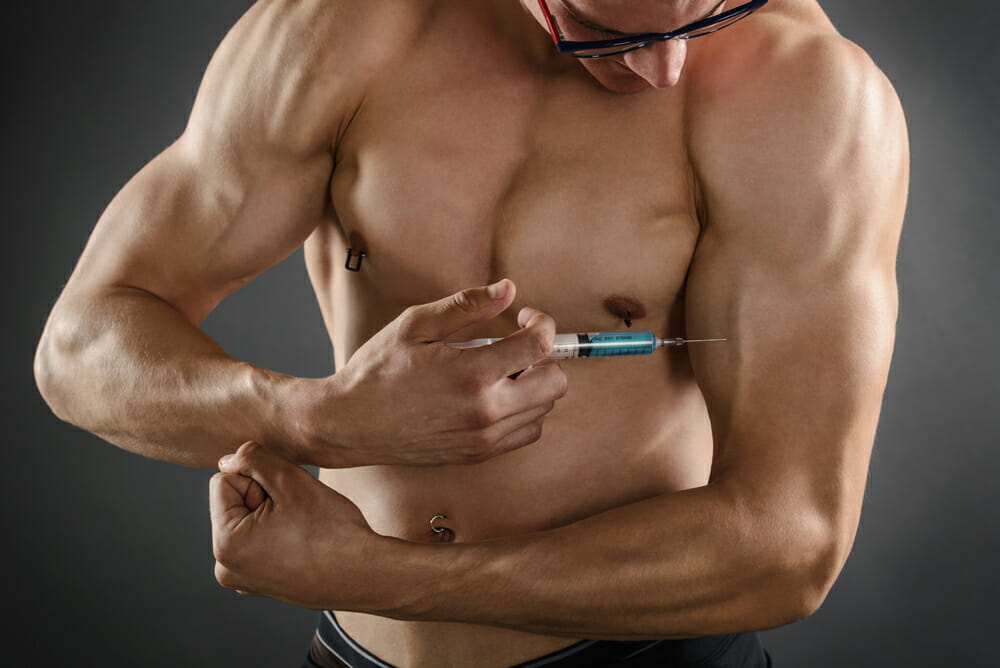
Physical health risks
- Hormonal imbalances: Long-term steroid abuse can disrupt natural hormone production, leading to conditions like hypogonadism and infertility.
- Liver damage: Oral anabolic steroids can be particularly harmful to the liver, potentially causing conditions like hepatitis or liver tumours.
- Cardiovascular issues: Steroid abuse can increase the risk of heart disease, including heart attacks and strokes, by negatively affecting cholesterol levels and causing hypertension.
- Musculoskeletal problems: In adolescents, steroids can prematurely halt bone growth, leading to stunted height, while in adults, there is also a risk of tendon ruptures and muscle injuries.
- Infection: If steroids are injected, improper needle use can increase the risk of infections like HIV/AIDS and hepatitis.
Physical health risks in women
Women undergo many of the same physical effects as men, but certain effects are unique to women. Biologically, women do produce a small amount of testosterone, but these levels are relatively low. Given that anabolic steroids amplify the effects of testosterone in the body, they can induce significant and profound changes. Some of these changes may encompass:
- The growth of excessive facial and body hair
- Loss of breasts
- Increased sex drive
- Problems with periods
- Hair thinning or baldness
- A deepening of the voice
- Infertility
Psychological effects
- Mood swings and aggression: Commonly referred to as “roid rage,” this involves aggressive behaviour, irritability and rapid mood swings.
- Depression: Upon withdrawal from steroids, users may experience severe depression, sometimes leading to suicidal ideation.
Social and behavioural consequences
- Relationship strain: Mood swings and aggressive behaviour can strain personal relationships and lead to social isolation.
- Financial burden: Maintaining a steroid habit can be expensive, causing financial difficulties.
- Legal problems: Under the Misuse of Drugs Act 1971, anabolic steroids are a class C drug in the UK. Manufacturing, supplying or intent to supply without a licence are all illegal. Offenders may face a hefty fine, up to 14 years in prison or both.
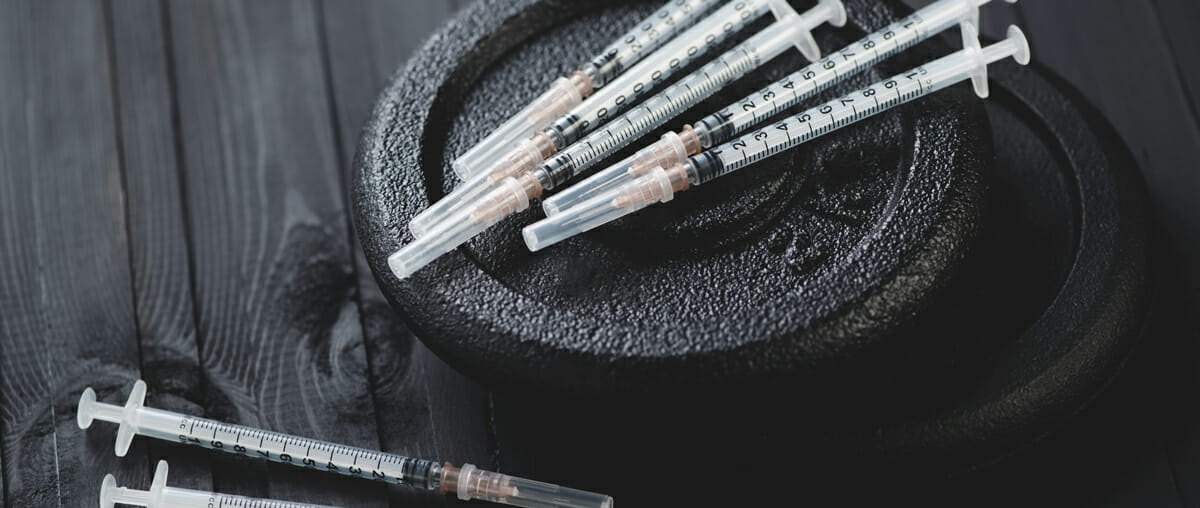
How is steroid addiction treated?
Treating steroid addiction involves a comprehensive approach that addresses both the physical and psychological aspects of the addiction. This can take place either in outpatient steroid rehab, where the individual lives at home and attends regular treatment sessions or in inpatient rehab, where they reside in a residential facility. Treatment typically includes the following elements:
Medical steroid detox
This is an important stage because it clears the system of steroids and disrupts physical dependency. Medical supervision is crucial for a professional detox team.
Tapering off: Gradually reducing the steroid dose under medical supervision can provide medications and therapies to manage withdrawal symptoms.
Steroid rehab therapy
These approaches uncover and address the underlying causes of steroid abuse and addiction, such as body dysmorphia, self-esteem issues, early exposure to drug use or underlying mental health issues. Commonly used therapies include:
- Cognitive behavioural therapy (CBT): CBT helps in changing negative thought patterns and behaviours associated with steroid use, so the individual can develop healthier habits.
- Group therapy: Group therapy sessions can provide peer support and help individuals realise they are not alone in their struggles. They are a chance to share experiences and coping strategies in a safe and friendly environment.
- Individual counselling: This enables individuals to dive deep into the unique causes of their steroid addiction to achieve significant breakthroughs.
- Family therapy: Involving family members can help repair relationships strained by the addiction and build a supportive home environment.
Management of co-occurring disorders
If there are underlying mental health conditions like depression or anxiety, these should be managed alongside the steroid addiction. Certain therapies may have a knock-on positive effect, while certain medications may also help with symptoms.
Ongoing support
Aftercare programmes and continued therapy sessions can provide ongoing support and help prevent relapse. These approaches help individuals to manage triggers, develop healthier lifestyles and remain connected to their support networks.
Get help with steroid addiction today
If you need help with steroid addiction, book an appointment with your GP or get in touch with an addiction specialist. They can help you find the best treatment available to overcome steroid addiction and begin a healthy, new life.
FAQ’s
No matter where you live, there is a drug rehab center that can help you overcome your addiction. We'll help you find it.
Select a County




